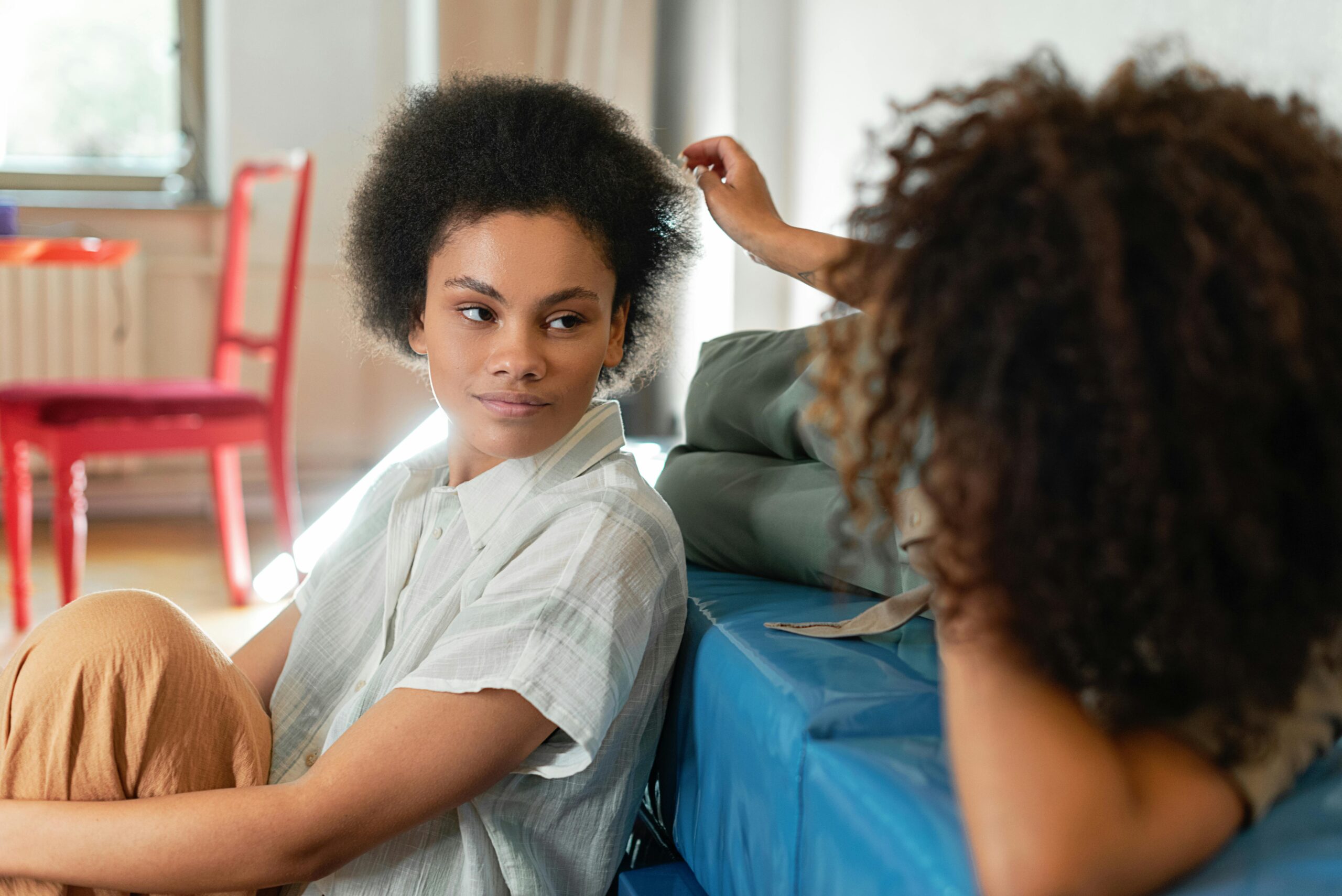With more visibility and conversations online, asexuality is becoming less misunderstood, stigmatized and ignored. The critically acclaimed book ‘Ace’ by asexual journalist Angela Chen along with the asexual content creators sharing their experiences means that the conversation has been pushed to the forefront. This along with recent research to further educate people on the asexuality spectrum has had a huge effect on interest about what asexuality is and is not. Here is what to know about asexuality and maintaining relationships with this sexual orientation.
What Is Asexuality?
An asexual person experiences little to no sexual attraction and may not want to a sexual relationship with other people. Within the asexual community, there are several ways for people to identify. Understanding asexuality means understanding the spectrum that defines it. Some examples include demisexual which is developing sexual attraction after strong emotional connection. Grey-A involves rarely experiencing sexual attraction or low sexual attraction. Queerplatonic is a non-romantic relationship that is intense in emotional connection according to The Trevor Project.
When thinking about sexuality or asexuality, it is important to understand the difference between sexual attraction, sexual desire, and libido.
“Libido, or sex drive, is the biological urge related to expressing or releasing sexual energy. Sexual desire is your craving or lust for sexual activity or a person in an eroticized way. Sexual attraction is the direction (aka specific attributes) or “who” of your cravings or urges,” Psychologist and Sexuality Empowerment Expert Jasmonae Joyriel explained.
While these words are often used interchangeably when discussing asexuality, it’s important to note the subtle differences to properly understand asexuality.
One huge misconception is based on sex drive and asexuality. Asexuality isn’t about having absolutely no sex drive or need to experience sexual urges. There are nuances to the asexual experience that Joyriel prompts us to recognize.
“While this may be the case for some, many asexual people experience sexuality as a solitary experience and/or use sexual activity as an anxiety or stress reducing practice rather than one centered on desire or attraction,” Joyriel explained.
Asexual Representation
Across social media, there are increasingly more efforts to widen the discussion around asexuality. Some take to TikTok to raise awareness about asexuality. Asexual individuals sometimes refer to themselves as ‘ace’. The TikTok account ‘A Weird Mix’ shares the trials of asexual people frequently being ignored by the rest of the LGBTQI community.
Another account, @asexualbarbie, shares the trials of being in a relationship with someone who does not identify as asexual.
Relationships with an Asexual Person
Understanding how to maintain a healthy and thriving relationship within asexual relationships is sometimes presented as challenging.
“The most important thing about being in any relationship is having the willingness to communicate transparently and honestly in a collaborative framework. It’s really important for both partners to first know their own needs, limitations, and boundaries. This sets the stage for the conversations that will proceed,” Joyriel said.
For Joyriel, the most important thing is conversations that seek to understand and learn. This could be understood as a non-judgemental approach to create a safe space to be honest.
“Recognize that this is not about making someone change their sexuality. It is about comprehending your partner’s sexuality so that you can fully explore how the two (or more) might compliment the other and to individually reflect if that will satisfy you,” Joyriel explained.
When building a relationship with someone from a different sexual orientation as your own, it may be necessary to consider which compromises can or need to be made. For instance, investing in nonsexual forms of intimacy or collaborative encouragement during self-pleasure.
“There are amazing incompatible humans that cross our paths from time to time. While it may be tempting to contort yourself for the sake of love, know that both of you deserve so much more,” Joyriel advised.
Questions To Consider If You Might Self-Identify As Asexual
If you’re curious about whether you identify as asexual or somewhere on the spectrum, Joyriel suggests considering several questions to prompt a clearer understanding.
Do I have a sex drive but lack sexual desire?
Do I want sexual or romantic intimacy with others? To what degree?
Do I feel satisfied with the amount of sexual or romantic intimacy I currently have?
Describe your ideal scenario. What is too much or too little sexual/romantic intimacy?
Do I feel societal pressure to date, to have sex, to explore aspects of sexuality but do not have a personal desire to do so?
Most importantly, do I feel happy and content with where I am at sexually? Do I only question it when others question/judge me?
